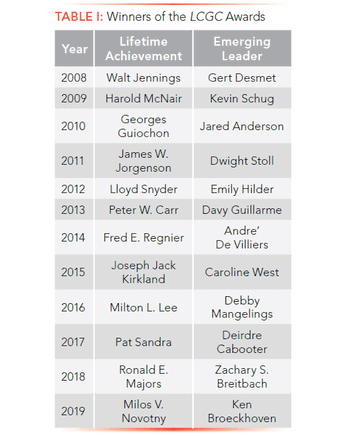
LCGC North America
Two-dimensional gas chromatography (GCxGC) is becoming the technique of choice for analysis of highly complex samples such as petroleum, pharmaceuticals, biological materials, food, flavors, and fragrances. Here, we explain how GCxGC works and provide examples that illustrate its advantages.




